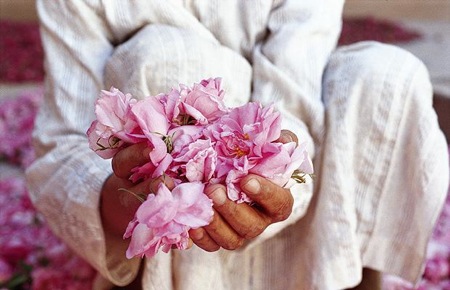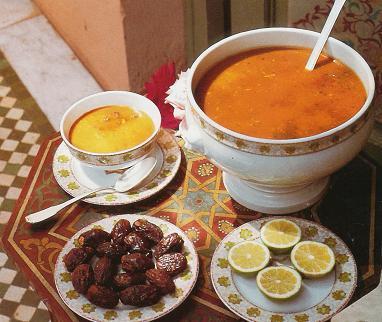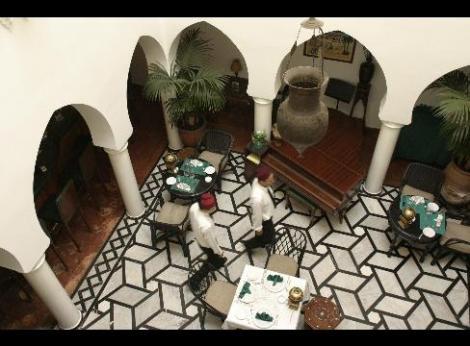Dakhla Morocco, Best Kitesurfing in the World, Your Morocco Travel Guide, Part I of II
akhla or Ad Dakhla, Morocco is located on the southern Sahara desert coast of Morocco, just above the Tropic of Cancer and is one of the best locations in the world for kitesurfing. Both the 2010 World Kitesurfing Championships and the 2009 Dakhla Kiteboard World Cup were held there. Dakhla has a 50-km flat-water shallow sand-basin lagoon, with perfect wind conditions, which is why it is so popular.











